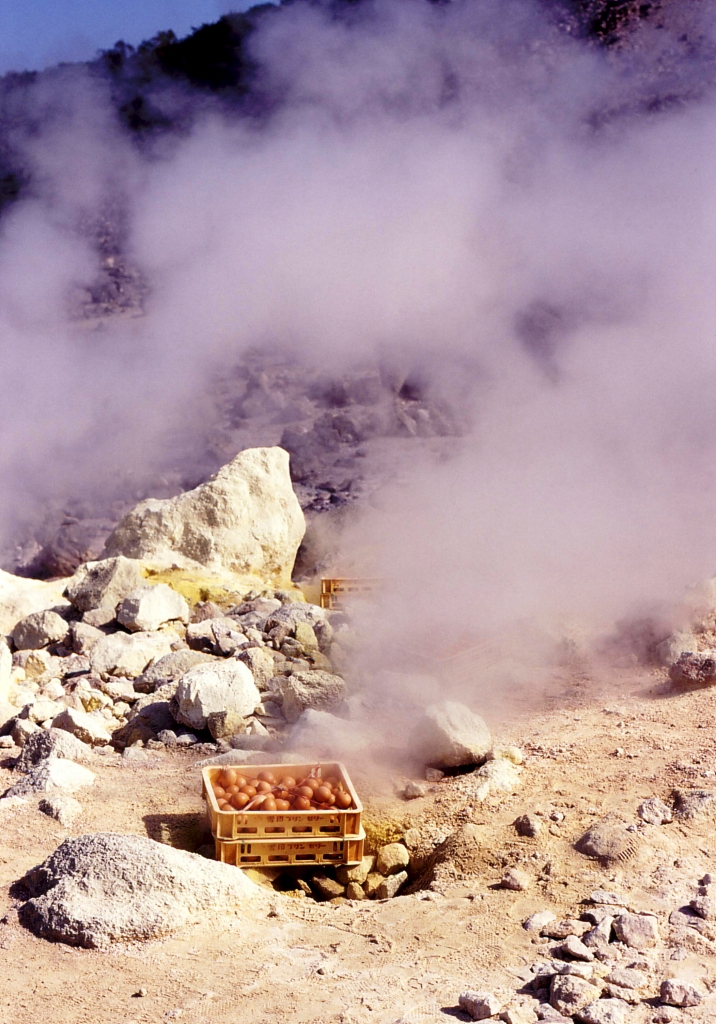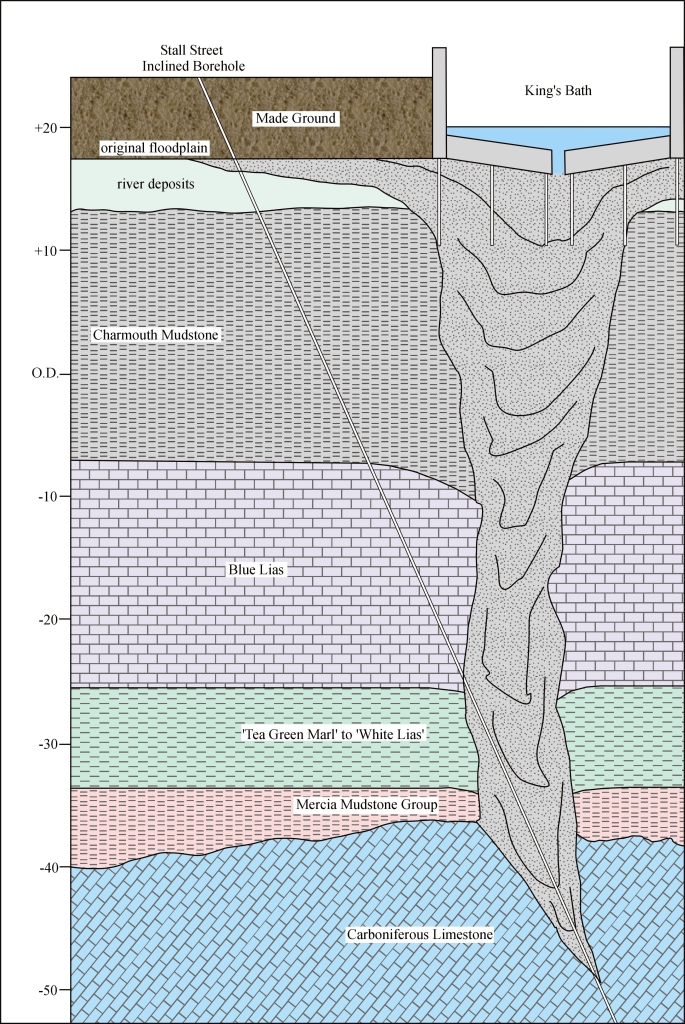



All the countries in the ‘Ring of Fire’ around the Pacific Rim are blessed with large numbers of volcanic hot springs that emerge at temperatures close to boiling point. In Japan, eggs boiled in a hot spring, such as these at Iôzan sulphur spring in Hokkaido, are considered to bring good fortune. The thousands of hot springs throughout the country are put to good use in relaxing hot pools where you can forget the mental and physical pressures of modern life.
In its dormant encysted form the amoeba can tolerate a wide range of water temperatures and chemically harsh conditions for long periods of time. Once established in the small cracks and pores in rocks and building stones it is almost impossible to remove. The cysts gain access to the warm nutrient-rich fluids of the brain via the nose. So, whenever you bathe in a hot spring anywhere in the world, don’t put your head under the water and don’t pick your nose. Image courtesy of and copyright of microscope-uk.org.uk
The Stall Street Inclined Borehole was drilled at an angle of 58° to the vertical in order to intersect the source of the King’s Spring without disturbing the loose river gravel and collapsed Jurassic mudstones and limestones in the ‘spring pipe’. The borehole showed that the hot spring emerges from steeply dipping Carboniferous Limestone at about 70 m below ground level. The project, which was designed by Dr G. A. Kellaway the geological advisor to Bath City Council at that time, was entirely successful. It has supplied safe water to the popular drinking fountain at the Roman Baths for over 25 years.
In 1978 a 12-year-old girl died from primary amoebic meningoencephalitis (PAM) caused by Naegleria fowleri after swimming in a public pool in Bath that was fed by hot water from the springs. All use of the spa water ceased until an alternative, medically safe source was obtained from an inclined borehole that was drilled adjacent the Roman Baths to intersect the source of the King’s Spring in the Carboniferous Limestone where it would be anaerobic and free from amoeba. Image courtesy and copyright of B&NES Council.